There is no particular breed of dog which is better for search and rescue work. A candidate dog will love to play games, be active and alert, have an even temperament, will grow to be large enough to be able to negotiate obstacles and rough terrain, but not so large as to have difficulty working for long periods of time, and will be structurally sound (no joint problems, etc.). Many handlers do a great deal of research before selecting a dog. Others own a dog when they become involved in search and rescue. Don’t get caught up in the idea that you will have to pay a lot of money for a sound working dog; many Blue and Gray handlers have worked dogs which they found or rescued.
Just use the contact us link, e-mail us any questions and we will respond with all the information you need.
You must attend three practice’s without your dog. Then make sure you bring the veterinary record to show he has all his immunization shots.
It varies. If your puppy has sufficient play drive, you can begin with imprinting and very short run offs quite early (as young as three or four months). With some dogs, you’ll need to spend time developing drive. This amount of time is different for every dog – some handlers spend as long as a year simply building drive in their dogs before search training. Formal obedience training can begin between four and six months. Realize with a young puppy, your training sessions must be very short because his attention span will not accommodate a longer session. Agility training should wait until your puppy’s musculo-skeletal structure has developed. Your puppy should be a year old before you put a lot of physical stress on his body
Yes. Search and Rescue dogs must be very obedient. While some experienced trainers teach obedience without the benefit of a formal class, most handlers do take their dogs to an obedience class. Many take two even three levels of obedience courses with their dogs. Obedience class have the added benefit of providing a vehicle for socializing your dog
While this depends largely on how much time you put in, most dogs take a minimum of one and half to two years to train. Taking longer is certainly no disgrace. The important thing is to proceed slowly enough so that each behavior you teach your dog becomes thoroughly ingrained. Moving to fast will lead to unreliable performance.
You and your dog must pass a suite of test in order to certify as a search and rescue canine team. In brief, your dog will be evaluated on three field problems (a 40 acre daytime problem, a 160 acre daytime problem , and a 40 acre nighttime problem). He will also be tested in obedience and agility. In addition, you must pass a written exam, and you and your dog must spend a “survival night” together in the wilderness (using only what you would normally carry in your search pack). Blue and Gray dogs train to Virginia’s Department of Emergency Management (DEM) airscenting dog standards.
As soon as you become an FTM and are a member of Blue and Gray . Until you have completed your probationary six month period, you may only attend a search in the company of a certified Blue and Gray handler and you must have completed and passed the FTM course. After you have been voted as a full active member and your are an FTM, you may attend a search on your own, but you may only take your dog if he is operational.
Blue and Gray uses cellphone text messaging .
